Rosalind Nashashibi’s solo exhibition in Bergen Kunsthall was the largest presentation in Scandinavia so far of Nashashibi’s work and covered her most important films from recent years, as well as photographic works. Nashashibi’s films are poetic observations of everyday events. The camera dwells on the social interaction that arises in human relations where the actors seem to hesitate between simply ‘being themselves’ and playing various socially defined roles. The artist makes effective use of the cinematic qualities of 16 mm film, and consciously uses the film medium’s quality to create a fundamentally time-based experience. Despite documentary restraint, Nashashibi’s films are not documentary films. They are as much poetic film collages, coloured by a subjective camera eye where the artist’s presence is always palpable.
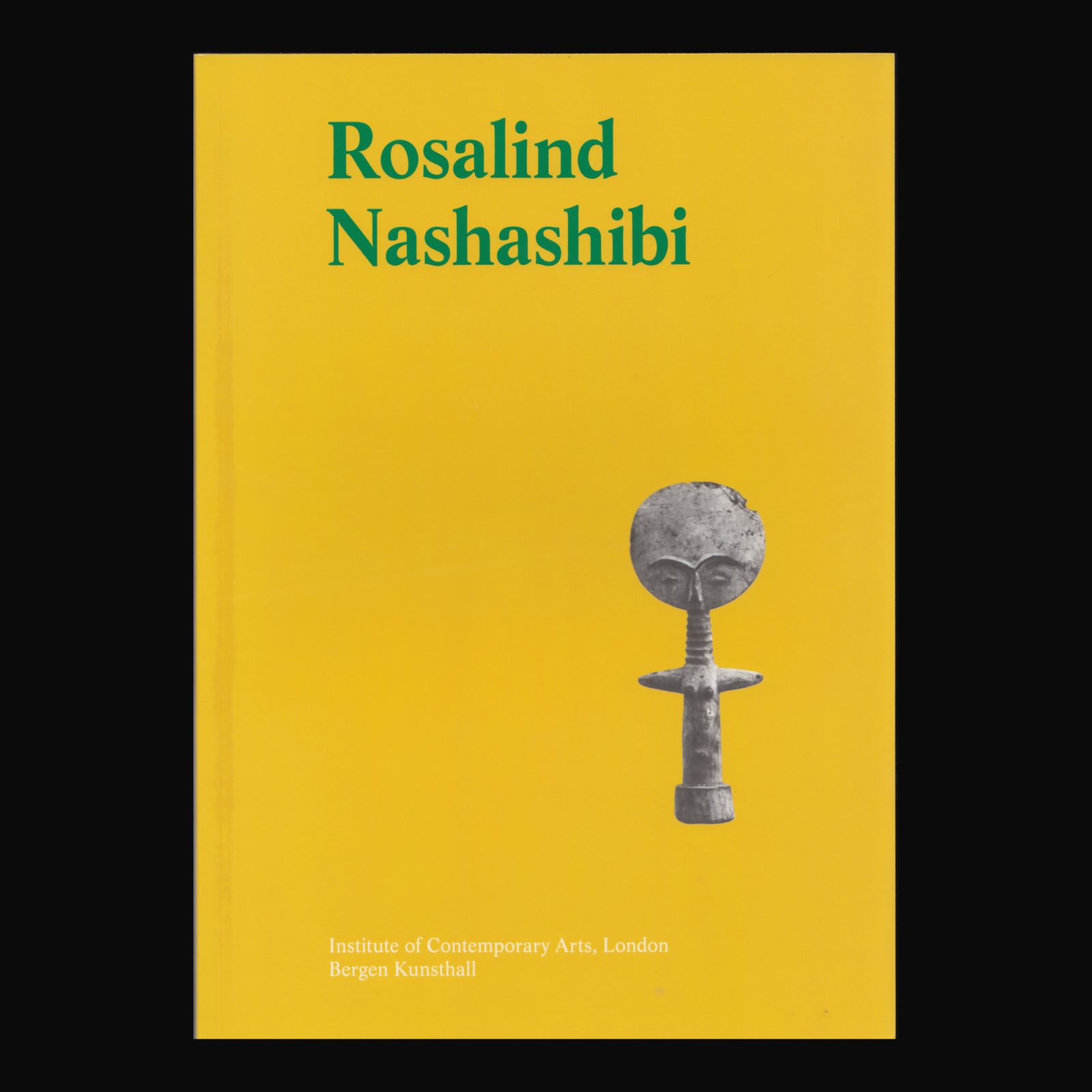
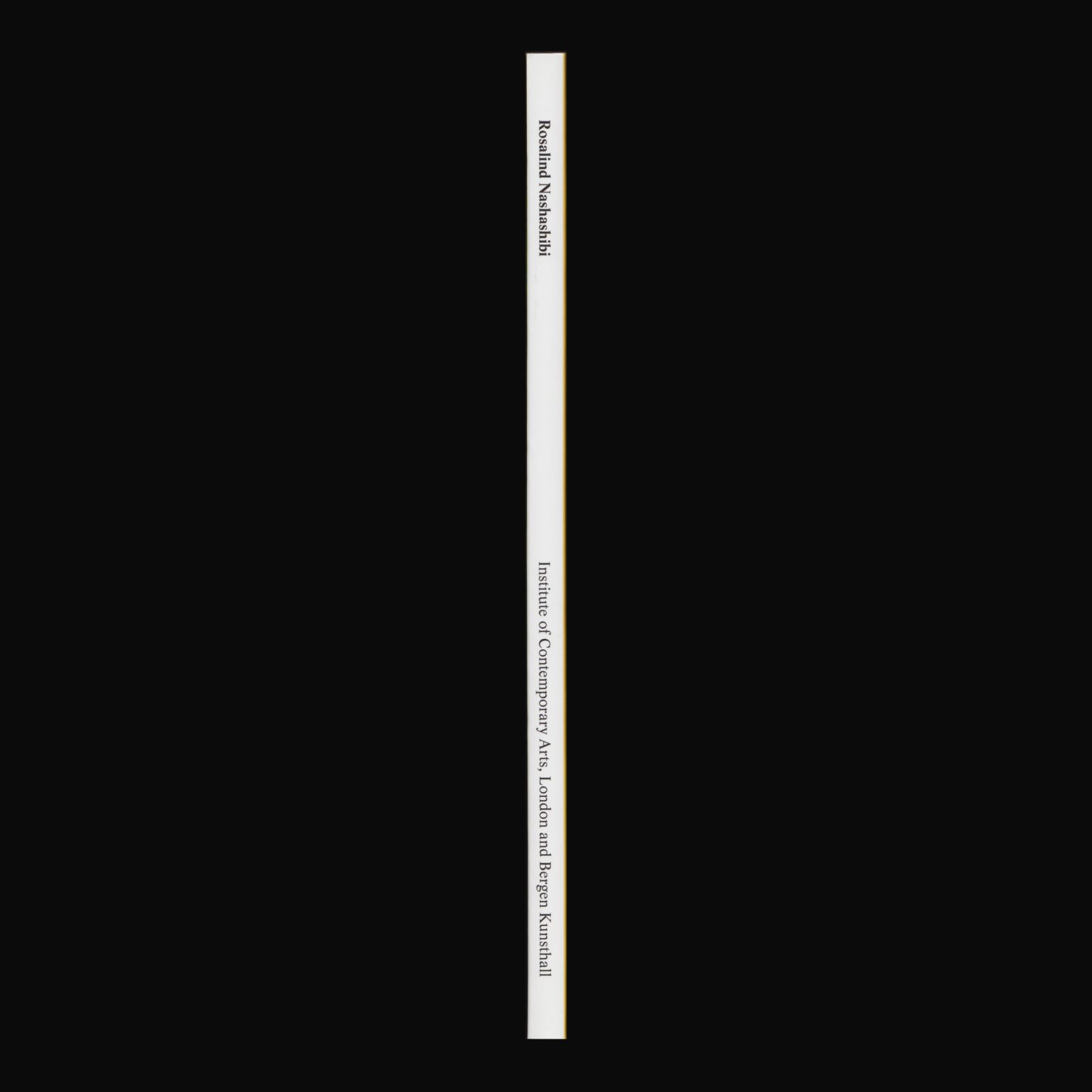
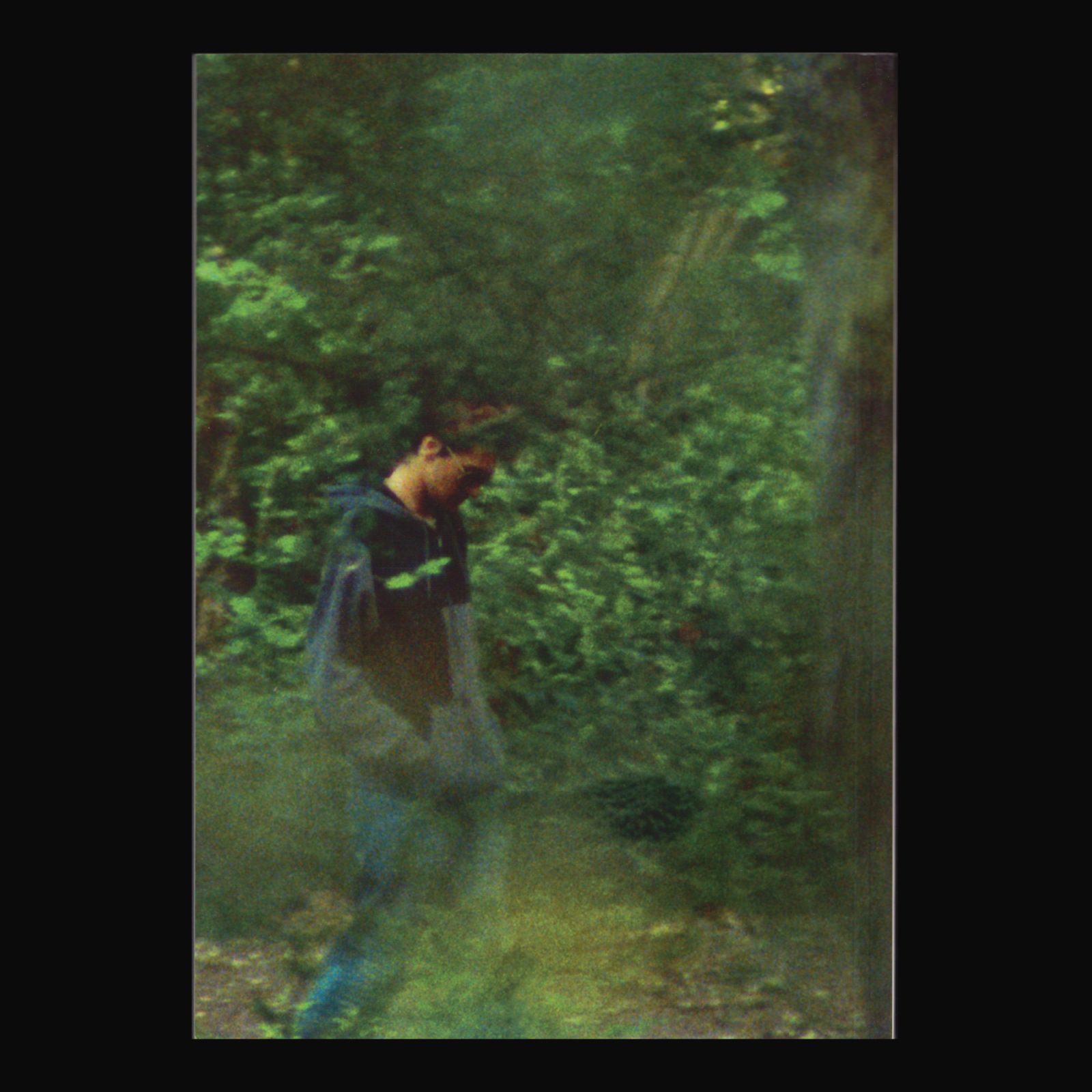
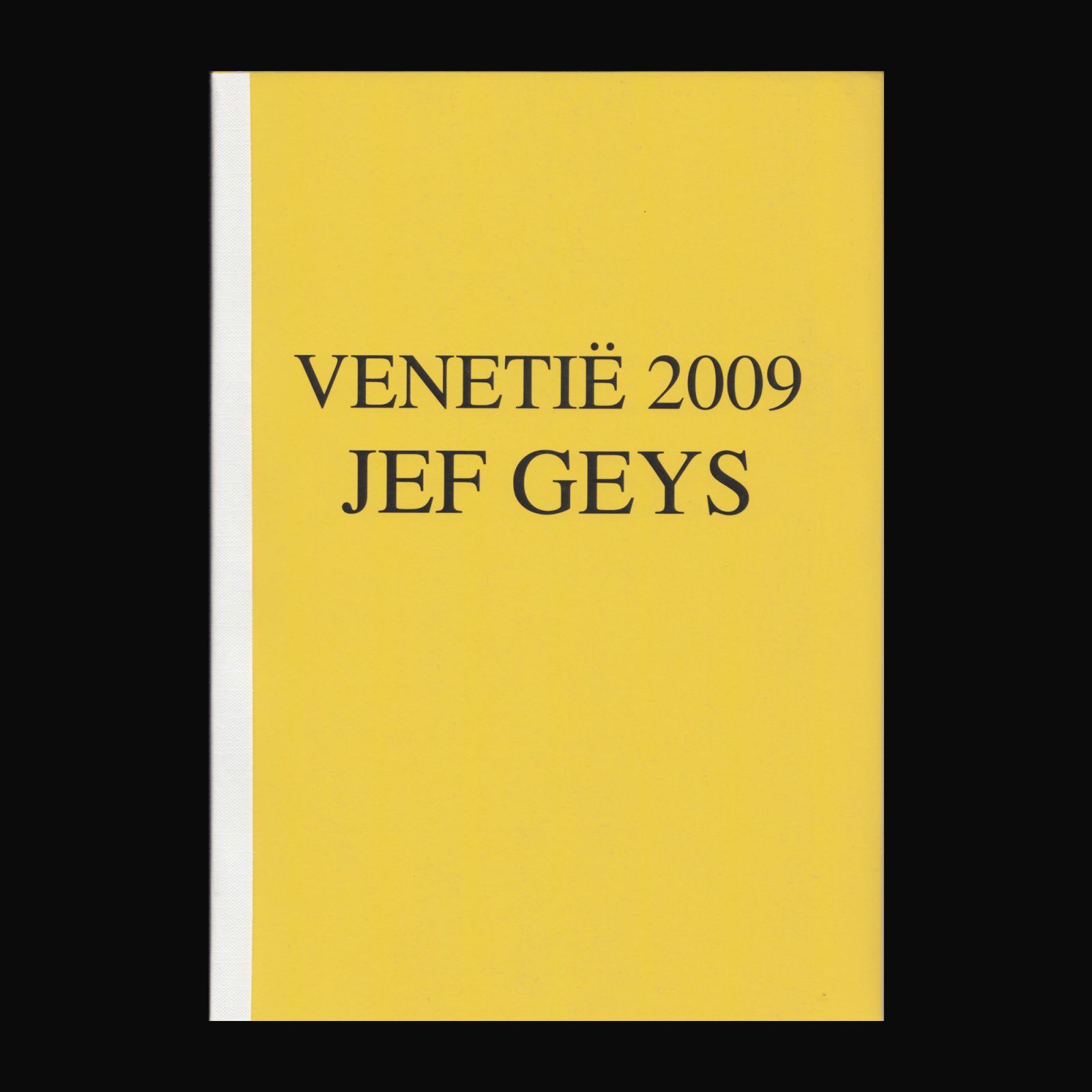

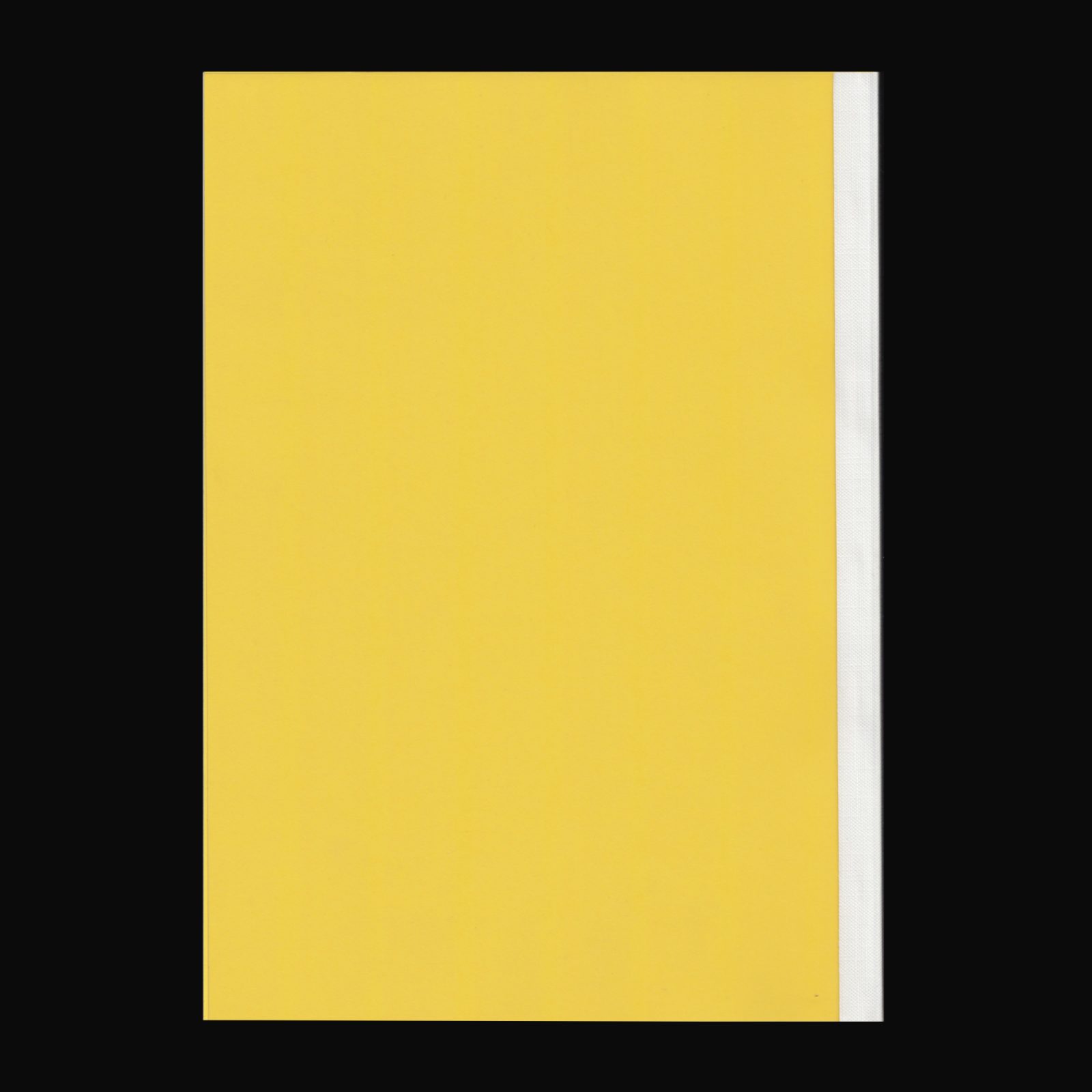
Publication produced on the occasion of Jef Geys presentation at the 53rd Venice Biennale, 2009, in the form of an overview of media comments compiled by Mélanie Gaillard. The show which was curated by Dirk Snauwaert, featured elements of Geys’ work from the last four decades.
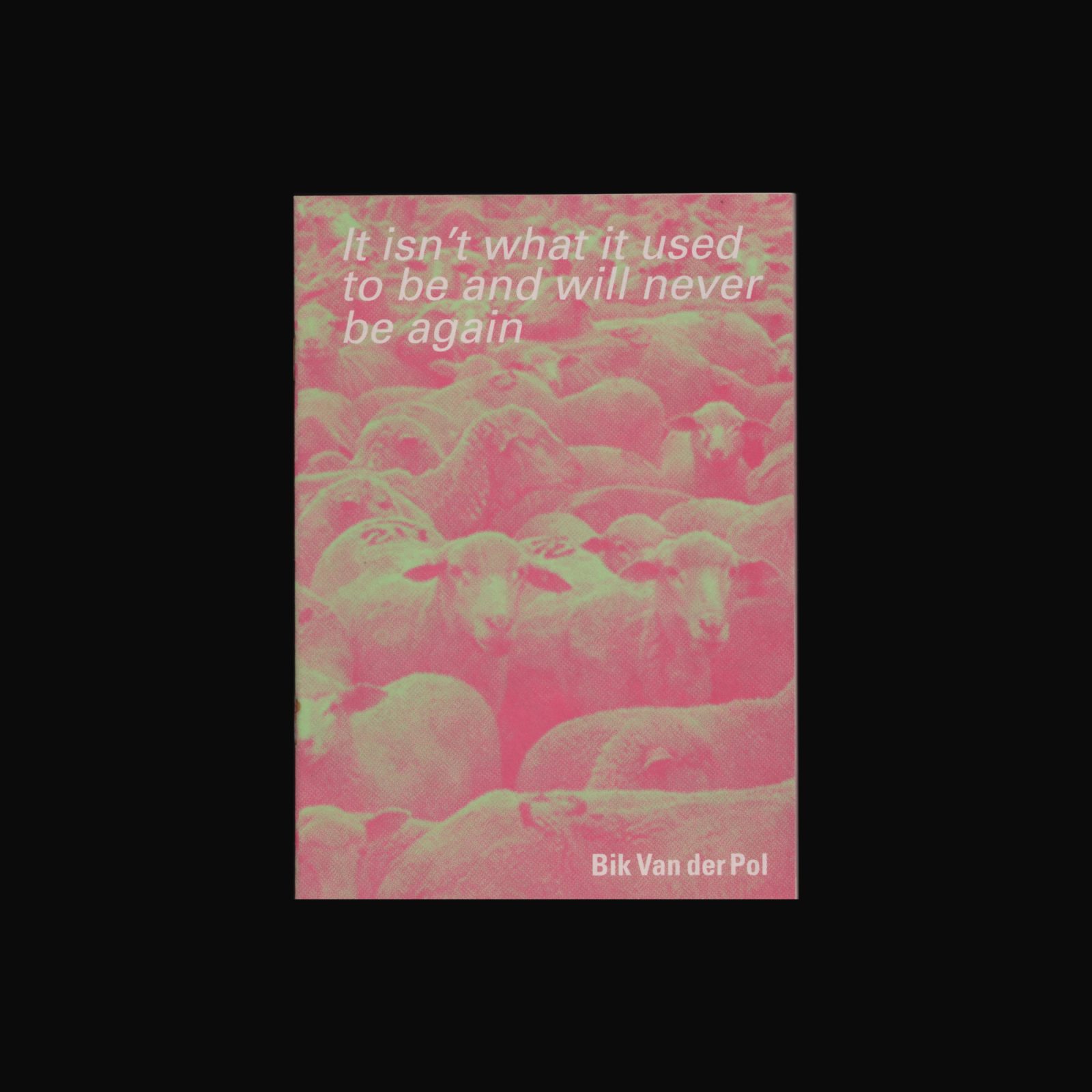
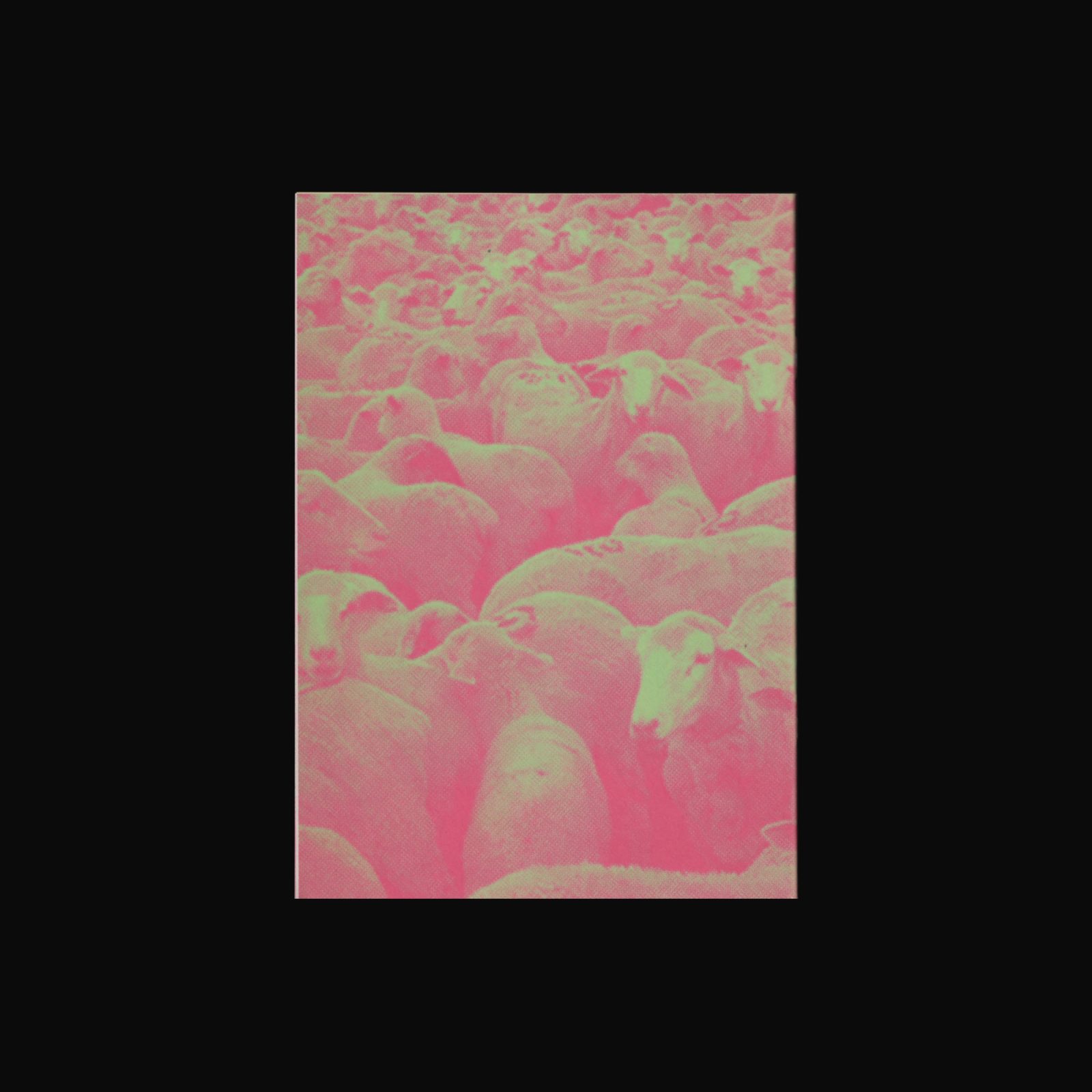
For this solo exhibition in CCA, Glasgow, entitled It isnt what it used to be and will never be again (with reference to La révolution n’est plus ce qu’elle était, by Henri Lefebvre with Catherine Régulier, 1978), Bik Van der Pol have brought together works that are are hoovering around questions of information, what distribution of information might or might not set off in the public realm, and if action can, should or is tak(e)(ing) place when seemingly nothing seems to happen.
With contributions from the following writers and artists; Francis McKee, Anthony Iles, Jan Verwoert, Fiona Jardine, Neil Davids, Jon Bywater, Neil Gray, Darren Rhymes, Angelique Campens, Alexander Trocchi, Camcorder Guerillas, Sarah Pierce, Simon Yuill, Sarah Tripp and Bik Van der Pol.
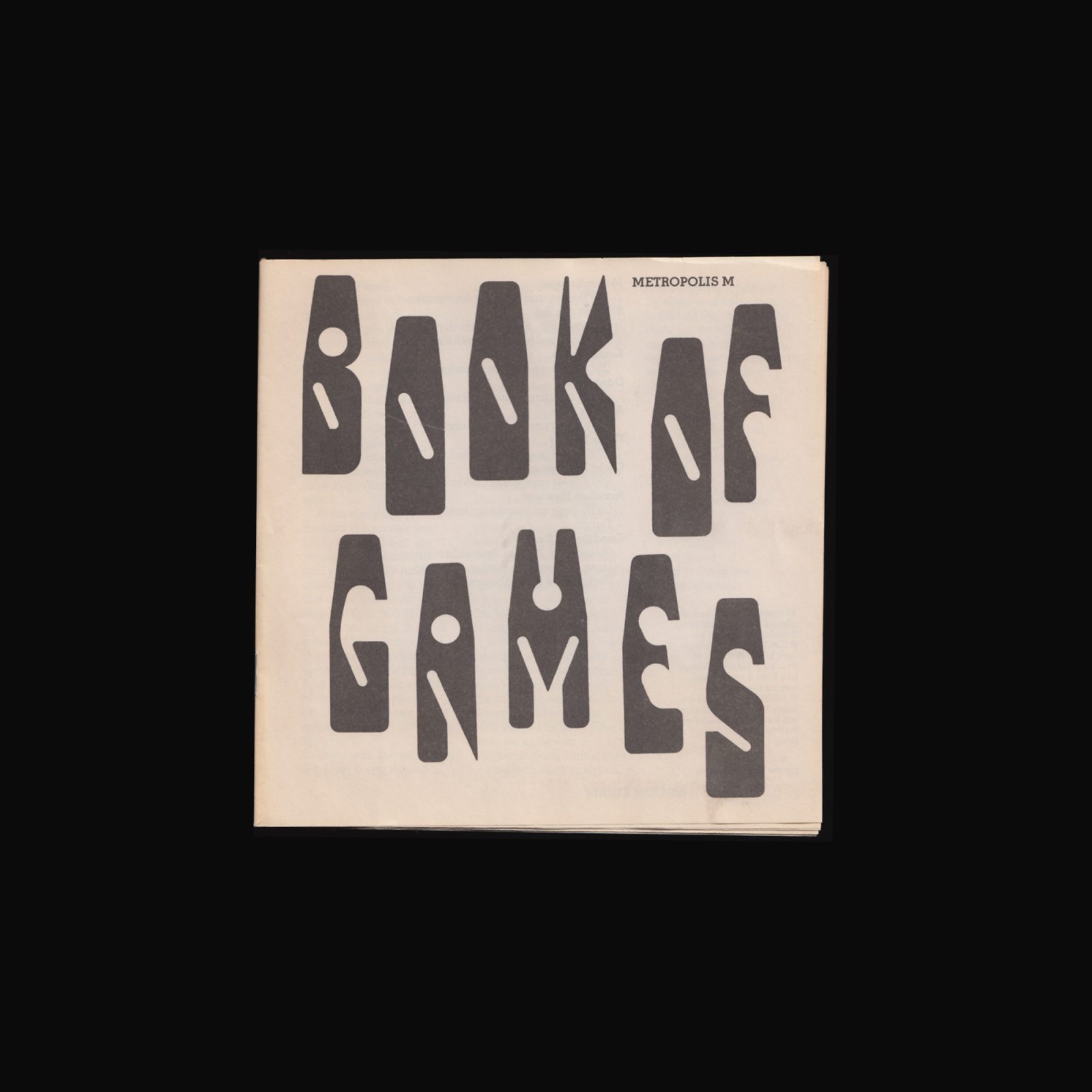
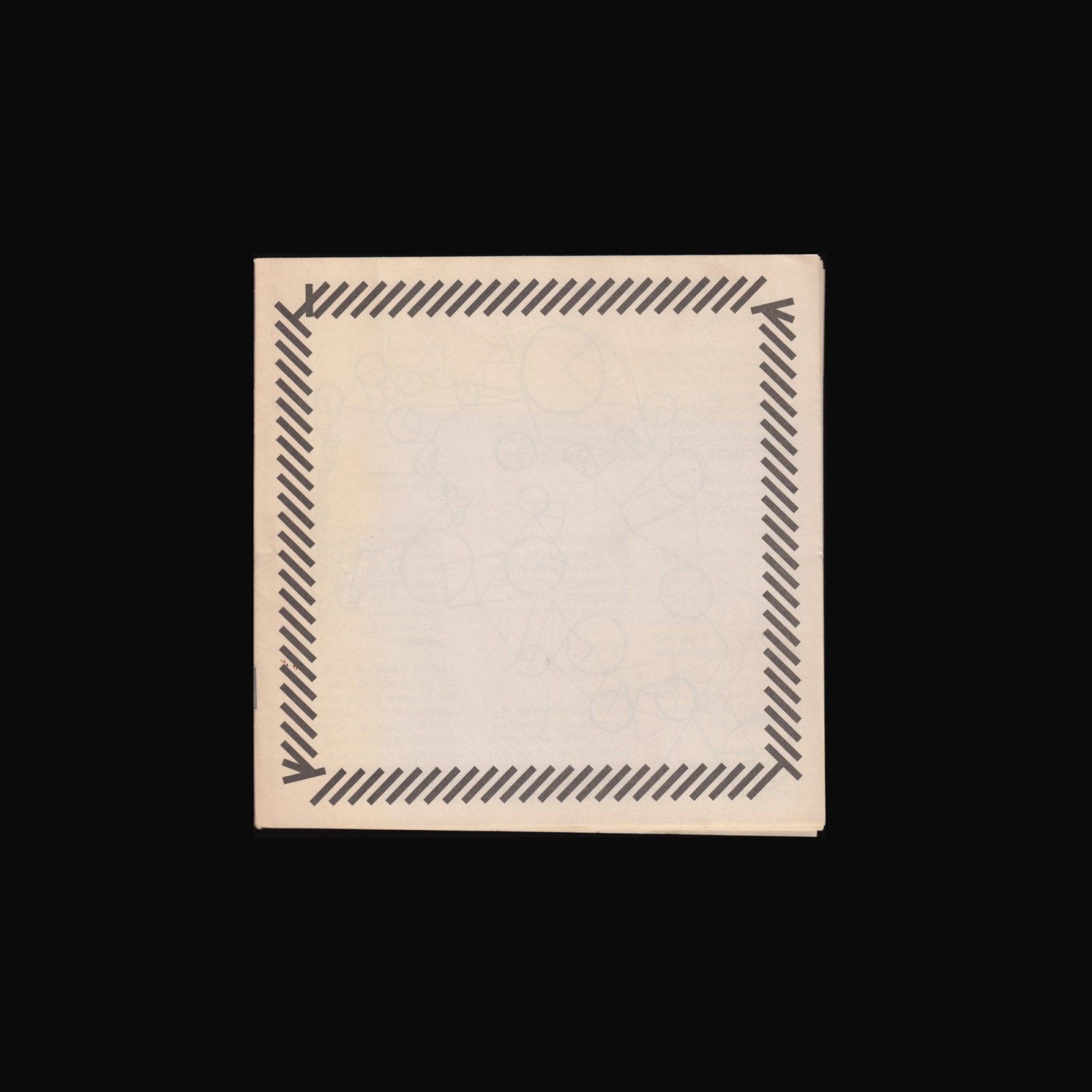
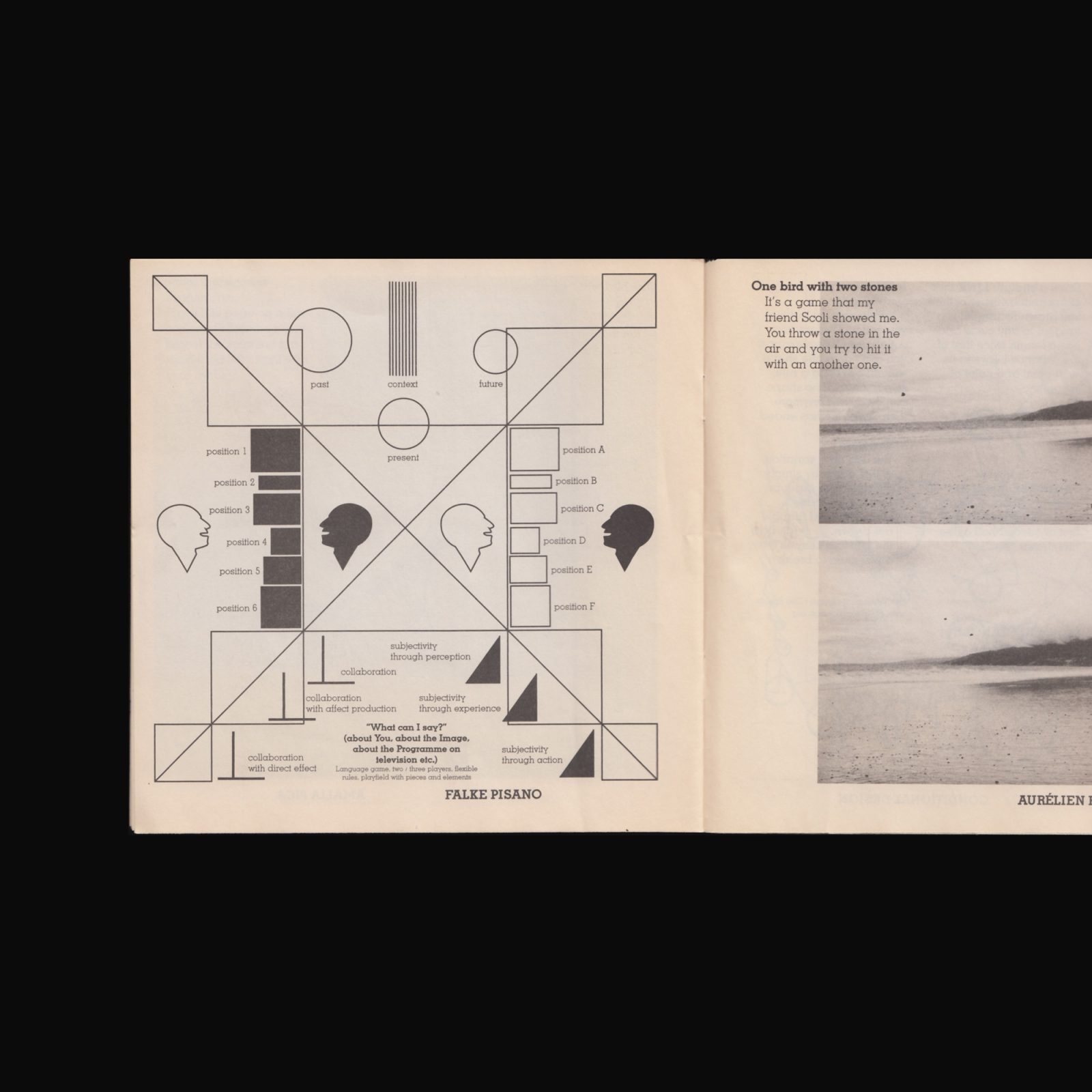
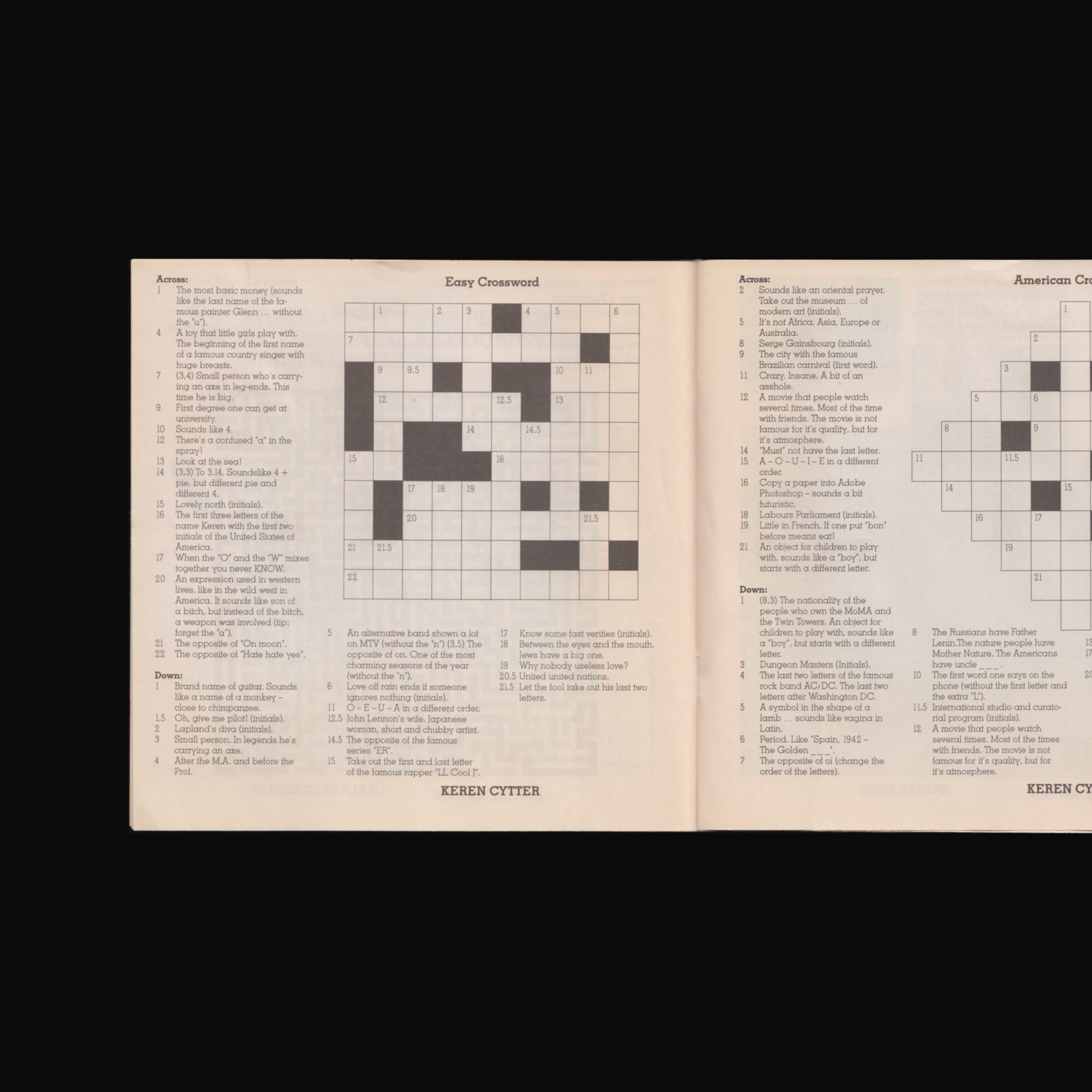
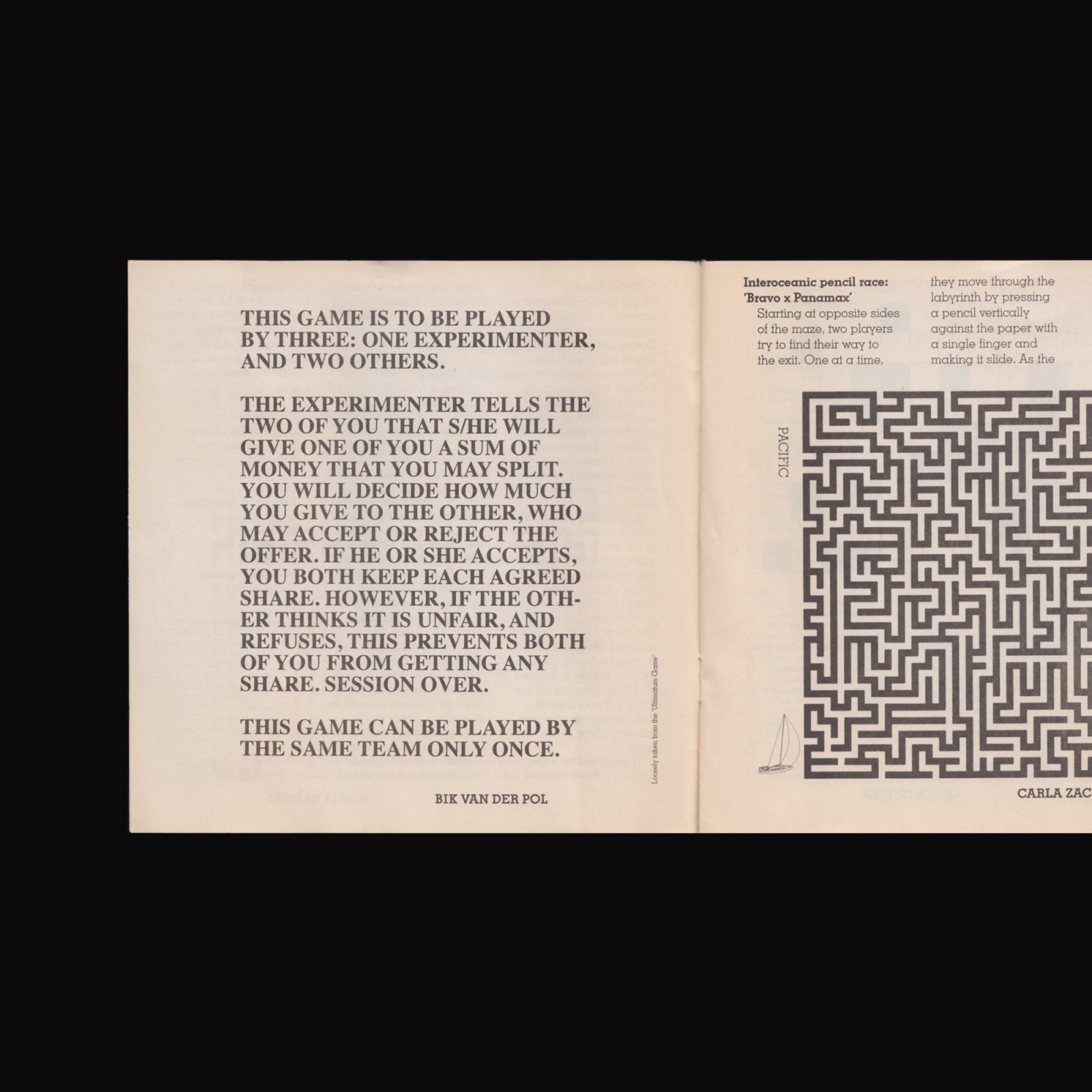
Produced as a supplement for Metropolis M No. 5, 2009. Featuring games by Bik Van der Pol, Maria Barnas, Keren Cytter, Daniel Roth, Amalia Pica, Falke Pisano, Carla Zaccagnini and others.
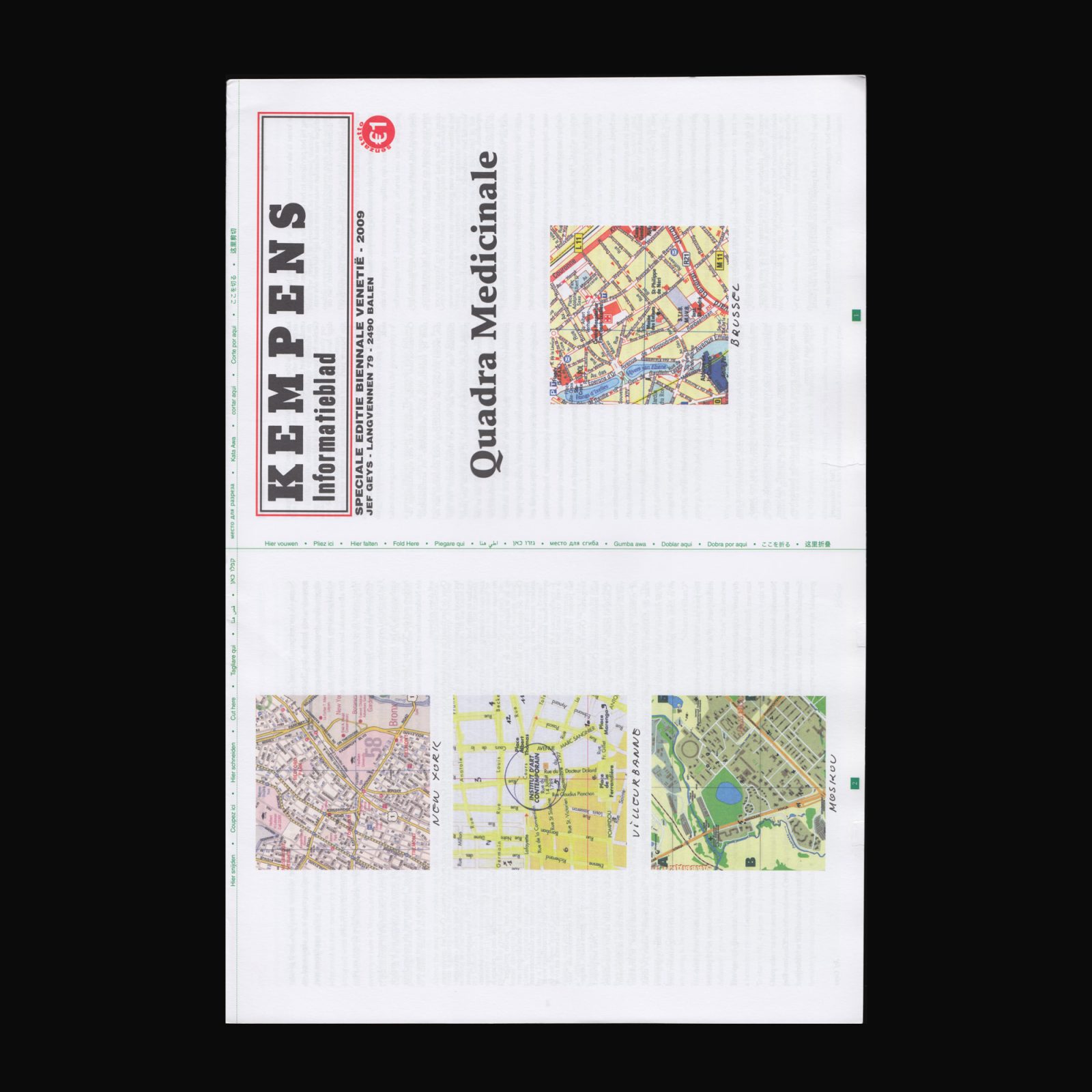
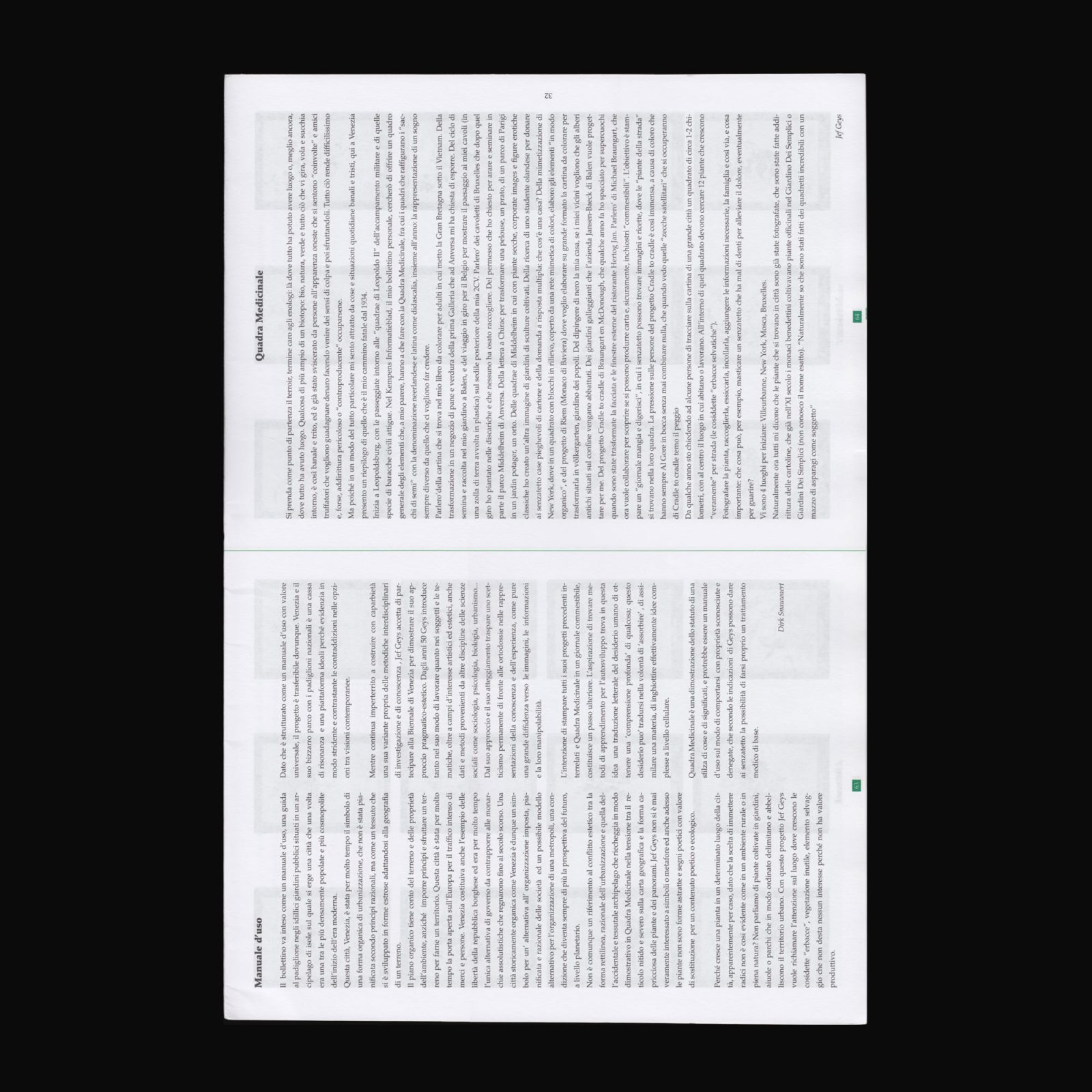
Commissioned by the Flemish Ministry of Culture for the Belgian Pavilion, 53rd International Art Exhibition—La Biennale di Venezia. Curator: Dirk Snauwaert
Kempens Informatieblad, was a newspaper published by Belgian artist Jef Geys between 1971 and 2018.
Since the early 1960s, in addition to his interlocking artistic and pedagogical work, Geys was also involved in the production and distribution of a local newspaper, the Kempisch Reklaamblad, on whose pages he began to publish various textual and pictorial material among the advertisements placed therein. After it was discontinued, Geys took over the paper and continued it under his own direction as Kempens Informatieblad.
Functioning as an alternative to the conventional artist catalog, the issues, over 50 in total, were mostly published in connection with his exhibitions. As an information system directed by the artist, it successively developed into a kind of meta-medium within his practice, through which he himself organized his representation and mediation—beyond the exhibition context.
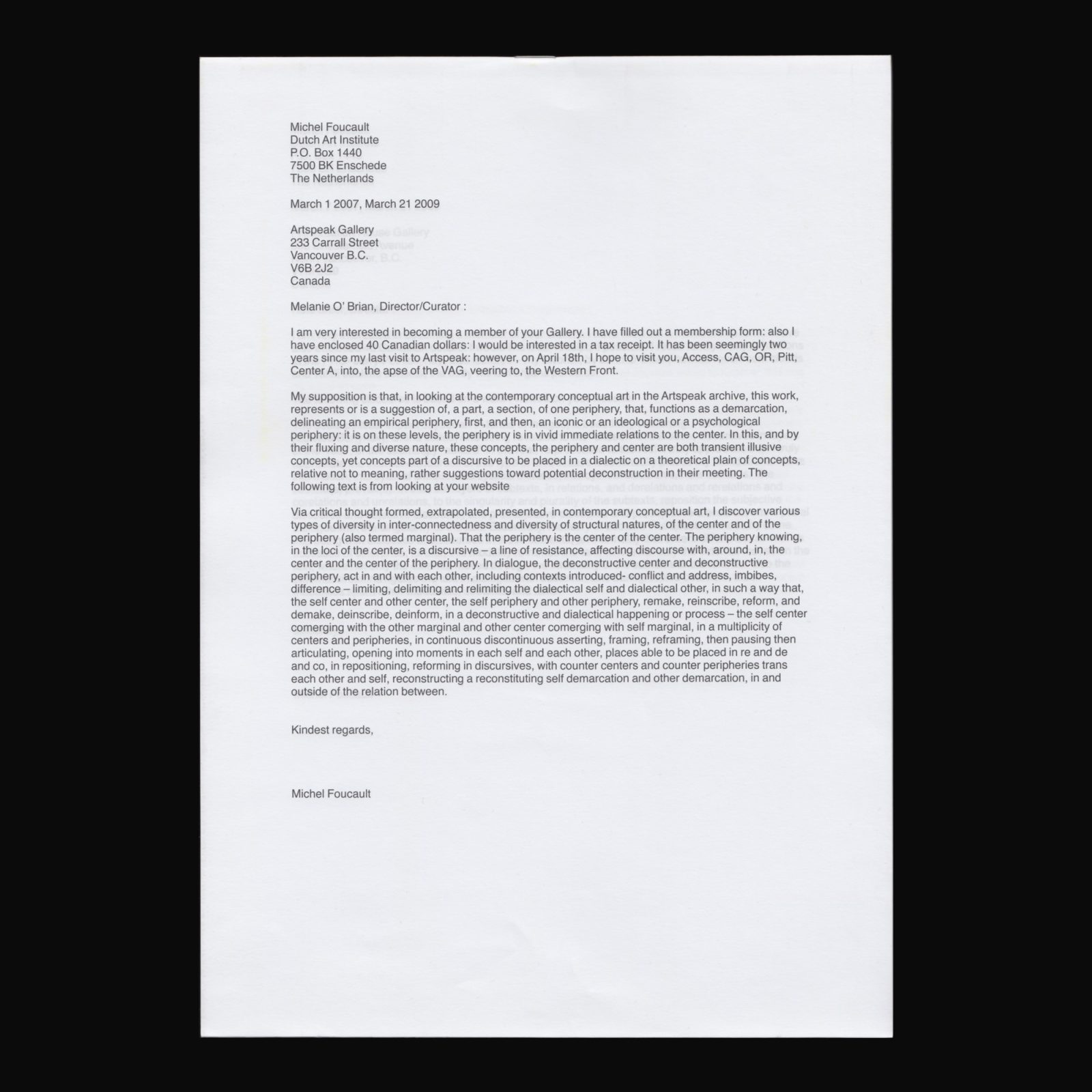
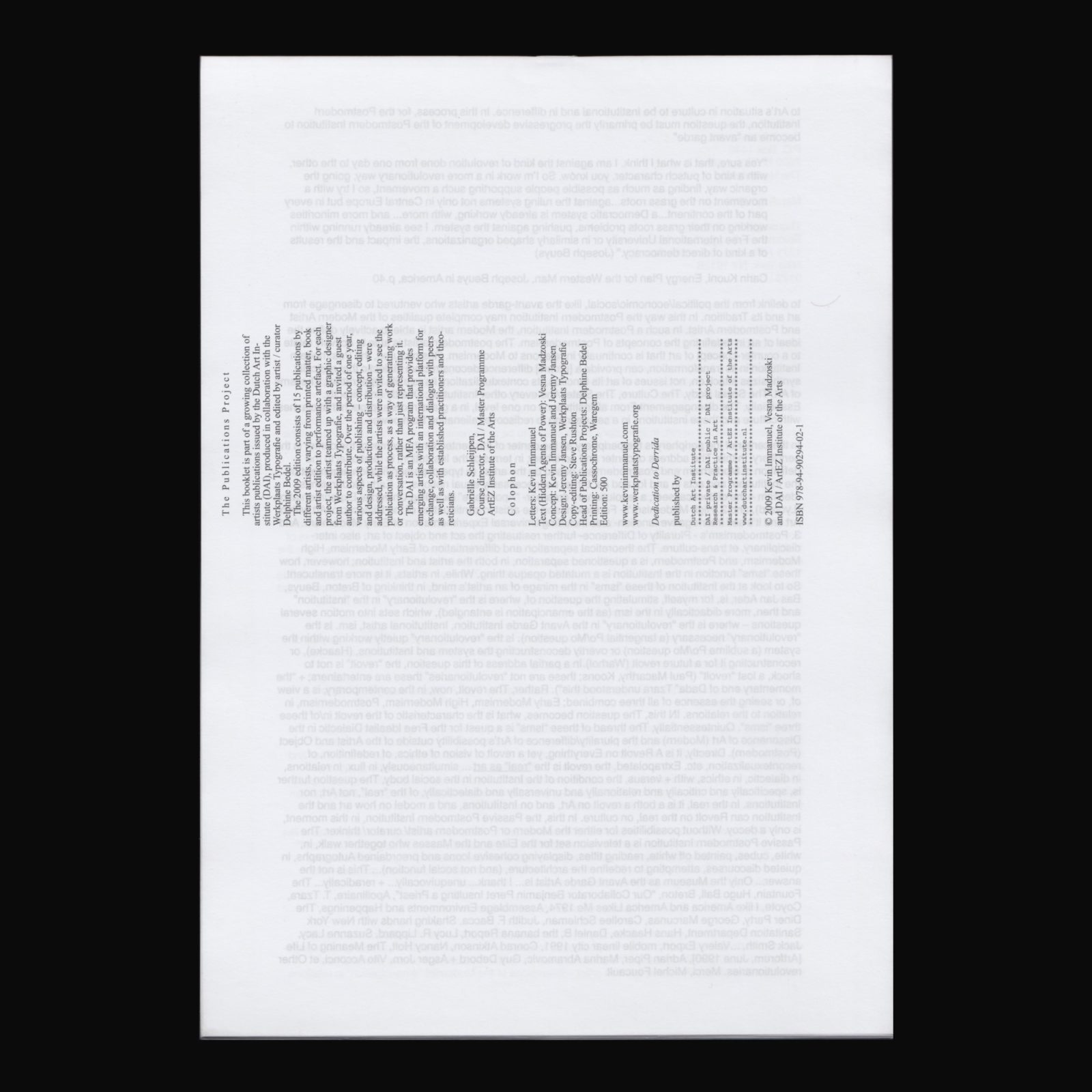
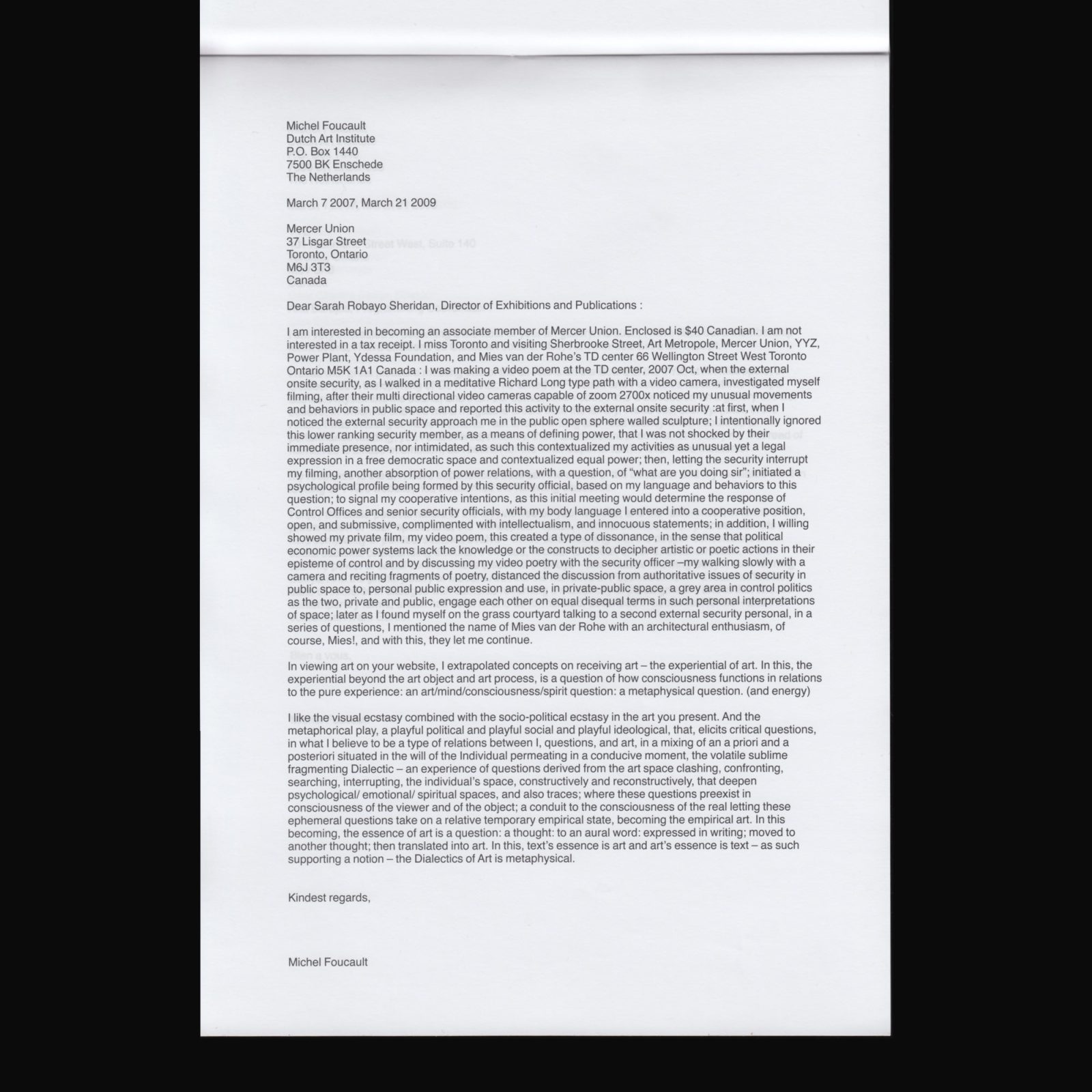
Michel Foucault Letters documents artist Kevin Immanuel’s ongoing project archiving the supposed correspondence between the famous philosopher and a number of galleries and art institutions throughout Europe, North America, and China. The letters were, in fact, written by Immanuel himself, both as a literalization of Foucault’s emphasis on the importance of cultivating an “ironic stance” toward one’s present situation (in Immanuel’s case, the crisis of being a young artist trying to strike up a meaningful discourse with art institutions), and as a poignant critique of the relationship between art institutions and their patrons. Each letter contains a polite request to become a member of the institution, offers a monetary donation, and actively attempts to initiate a critical dialogue with the institution about its programming and exhibitions.